No products in the cart.
Sachi Cacao Complete Protein
$16.99
Sachi Cacao Complete Protein Powder contain Omegas 3s (532mg) and the natural proteins (7gr) available from the Sacha Inchi seed but it is available with the great taste and potential health benefits of cacao. This Complete protein contains all essential amino acids but it is also a great gluten free flour substitute that is perfect for the vegan cook looking to change up some of their dessert recipes, shakes or is great for keto made treats thanks to this low carb and no sugar superfood!
- 100% Organic and Vegan Protein
- 100% Gluten Free & Paleo Friendly
- 0% Sugar
- 7g of Complete Protein (contains all 9 essential amino acids)
- Keto Friendly (1 Total Net Carb)
- 531mg Omega 3 per serving
- 17 Servings per container
- Transported by plane to ensure the highest purity, potency and quality
- BPA Free
Sachi Cacao: Protein-Packed and Delicious
When you combine the “Food of the gods”, (cacao beans) and the “Seed of life” (the sacha inchi seed), you get Incaliving’s Sachi Cacao — an all-natural, organic and gluten free flour substitute packed with protein and tasty cacao. Give your tastebuds and body an undeniable superfood treat full of healthy goodness!
Potential Health Benefits
Cacao Antioxidant Power:
First, unlike processed dark chocolate, antioxidants are preserved in raw cacao and may contribute to higher levels of antioxidants, like: oligomeric, procynanidins, resveratrol, and polyphenols (Garcia et al, 9). In fact, the antioxidants available in cacao is higher than most red wine and teas (Lee et al, 10) and a Harvard study demonstrated more antioxidants in cacao than blueberries (Crozier et al, 11).
Overall, there are only a few herbs and spices that could provide higher levels of antioxidants due to cacao containing nearly four times the antioxidants than most foods, but, generally speaking, you rarely can consume enough of these foods to obtain the same amount of antioxidants found in a normal dose of Incaliving’s raw and organic Cacao Powder found in our Sachi Cacao.
Flavanols for Health:
Next, one of the important ways cacao may impact health is through flavanols (Vlachojannis et al, 12), which may help promote dilation, strength and health of blood vessels. These flavanols, like theobromine, may impact all areas of the body (Fraga et al, 13). For instance, in one long-term study, the theobromine in cacao may help inhibit the enzyme responsible for cancer growth and may also help reduce the body’s rapid cell regeneration. It may even help slow tumour growth as well (Martínez-Pinilla et al, 14). Theobromine in cacao may help in fighting tooth decay (Kargul et al, 15) and this promising news for moms, kids and dentists everywhere.
Heart Health & More:
Also, Incaliving’s Sachi Cacao could possibly help heart health thanks to the essential minerals and vitamins found in cacao; with impacts on blood pressure, improved blood flow, and lowered cholesterol, researchers have seen positive and promising results after just a few weeks (Wan et al, 16).
Additionally, cacao may help reduce the buildup of plaque on artery walls (Galleano et al, 17) and may aid against high cholesterol (Neufingerl et al, 18) as consuming cacao showed “decreasing apolipoprotein B and LDL-cholesterol concentrations” in one study.
Next, the magnesium found in cacao powder could help in the fight against heart disease by potentially lowering blood pressure. In fact, one study showed how 42 participants, receiving 1,000 mg of cacao per day over the course of three weeks, noted a clear decrease in blood pressure levels during the three-week study (van den Bogaard et al, 19) while monitoring their blood pressure.
Not only could the magnesium in raw cacao assist with those suffering from hypertension, it may help with diabetes (Spencer et al, 20) according to more than one study (Shah et al, 21). This is promising news for those looking for a great healthy snack to help fight hunger and the effects of these debilitating diseases.
Anti-Aging:
Cacao may also help with premature aging due to the polyphenols that assist in protecting the body. According to research, these antioxidants are in the same family as the ones found in red wine and green tea, which may protect cells from oxidation and could help keep you feeling and looking young (Scapagnani et al, 22).
In an amazing study, two groups of women consumed high or low flavanol cacao powder every day for 12 weeks. The group receiving the higher amount of flavanol cacao powder reported firmer skin and less sun damage. science believes this may be due to some of the powerful chemicals in cacao potentially helping to protect the skin against ultraviolet sunlight (Mogollon et al, 23). Cacao users may also experience more radiant skin as it may improve the skin’s hydration levels and elasticity while possibly helping to decrease the appearance of sunspots (Mogollon et al, 24).
Better Mood:
Next, cacao may also be linked to better mood (Scholey et al, 25). Cacao contains phenethylamine, which is commonly known as PEA, the feel good neurotransmitter responsible for the feeling of love (Román et al, 26). Therefore, consuming raw cacao powder could possibly raise levels of the natural neurotransmitter serotonin, which may help improve mood and help to fight depression (Pase et al, 27). For more health benefits regarding cacao, please click here.
Not only will the cacao help in potentially balance mood and blood pressure but it also helps in reducing inflammation (Martínez-Pinilla et al, 28). In fact, the omega 3s found naturally in sacha inchi (Ramos-Escudero et al, 29) work with the polyphenols found in cacao to potentially help reduce the inflammation of the joints, muscle soreness from exercising and aides in the fight of possible chronic diseases linked to inflammation, like arthritis (Nasciemento et al, 30).
The Role of Sacha Inchi:
Next, because sacha Inchi seeds are high in antioxidants gamma-tocopherol and phenolic compounds, they may help protect the body from aging faster since these antioxidants help to fight harmful free radicals (Cisneros et al, 31).
Additionally, sacha inchi contains a rich balance of the fatty acids Omegas 3, 6 and 9 (Kim et al, 32), which when coming from a renewable plant source (Fleming et al, 33) could be just as effective as fish oil according to more and more research (Maurer et al, 34).
Similar to some of the weight loss properties in cacao, sacha inchi also may help in the fight against weight gain too (Sathe et al, 38). Fiber (linked to gastrointestinal health) represents approximately 75% of the carbohydrate in sacha inchi nuts (So et al, 39) and more research is supporting the idea that fiber-rich whole food sources of carbohydrates are superior to refined carbohydrates for diet (Giacco et al, 40).
Next, sacha inchi could possibly help in reducing cholesterol simply by replacing bad fats (Chirinos et al, 41). Sacha inchi is finding more and more of the science community beginning to support the idea that these small powerful seeds have an enormous impact on cholesterol (Garmendia et al, 42).
In fact, sacha inchi may help lower the LDL (Alayon et al, 43) as well potentially increase the HDL- one study found that after four months of consuming sacha inchi and sunflower, it was the Inca Peanut or the “Seed of life” impacting and raising the HDL the most (Gonzales et al, 44).
And the impact on heart health (Fleming et al, 45) isn’t stopping at cholesterol as Sachi Cacao may possibly help with high blood pressure (Gonzalez et al, 46) thanks to the high amount of potassium found in sacha inchi seeds (Kim et al, 47).
| Weight | 0.55 lbs |
|---|---|
| Dimensions | 5 × 5 × 10 in |
| Item Form | Fine Powder |
| Dosage Form | Powder |
| Flavor | Cacao, Sacha Inchi |
| Unit Count | 30 Servings |
| Material Feature | 100% Vegan, BPA-Free Packaging, Keto Friendly, Paleo Friendly, Transported by Plane, USDA Organic |
| Allergen Information | Corn-Free, Dairy-Free, Dedicated Facility, Gluten-Free, Nut-Free |
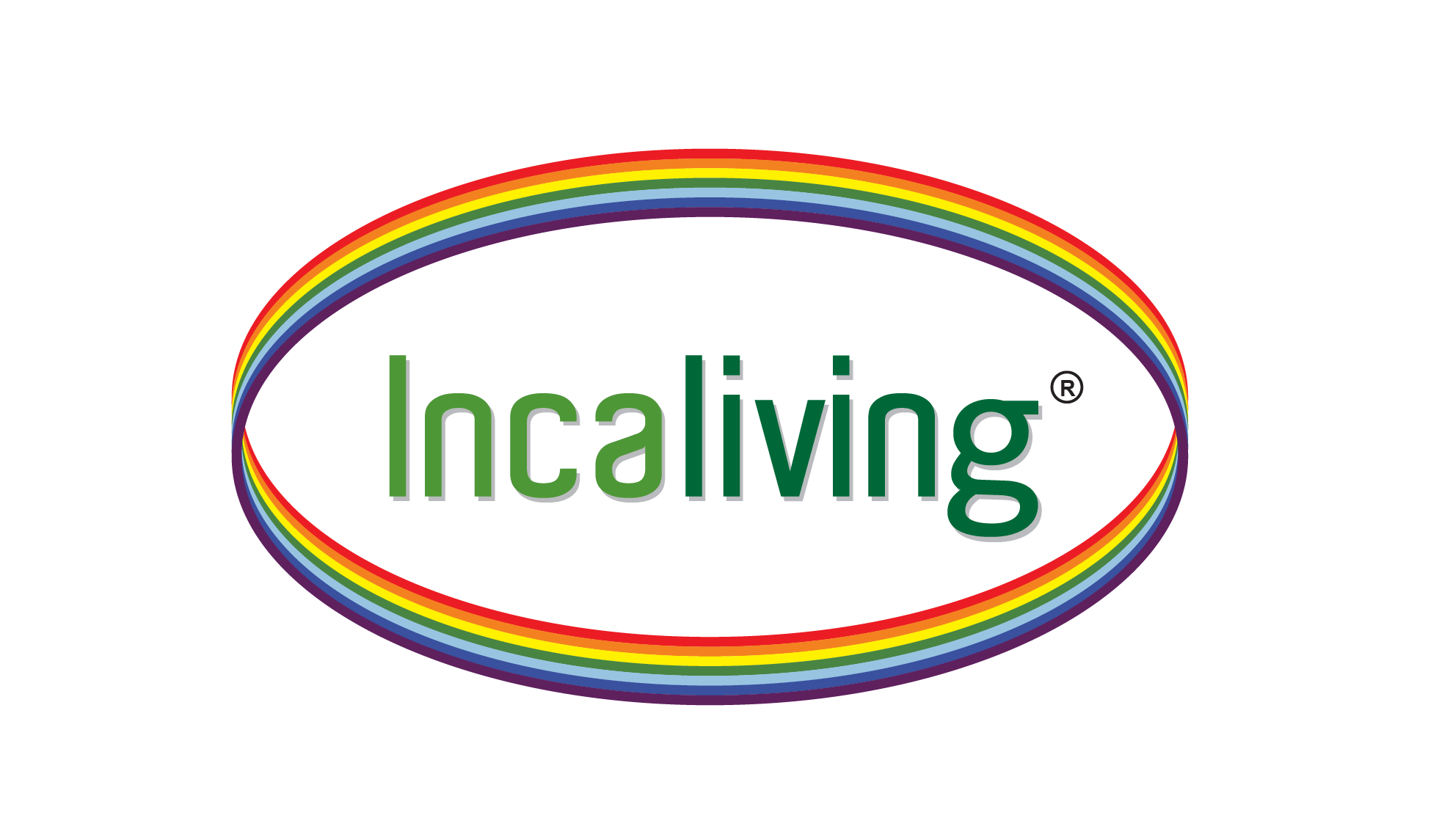
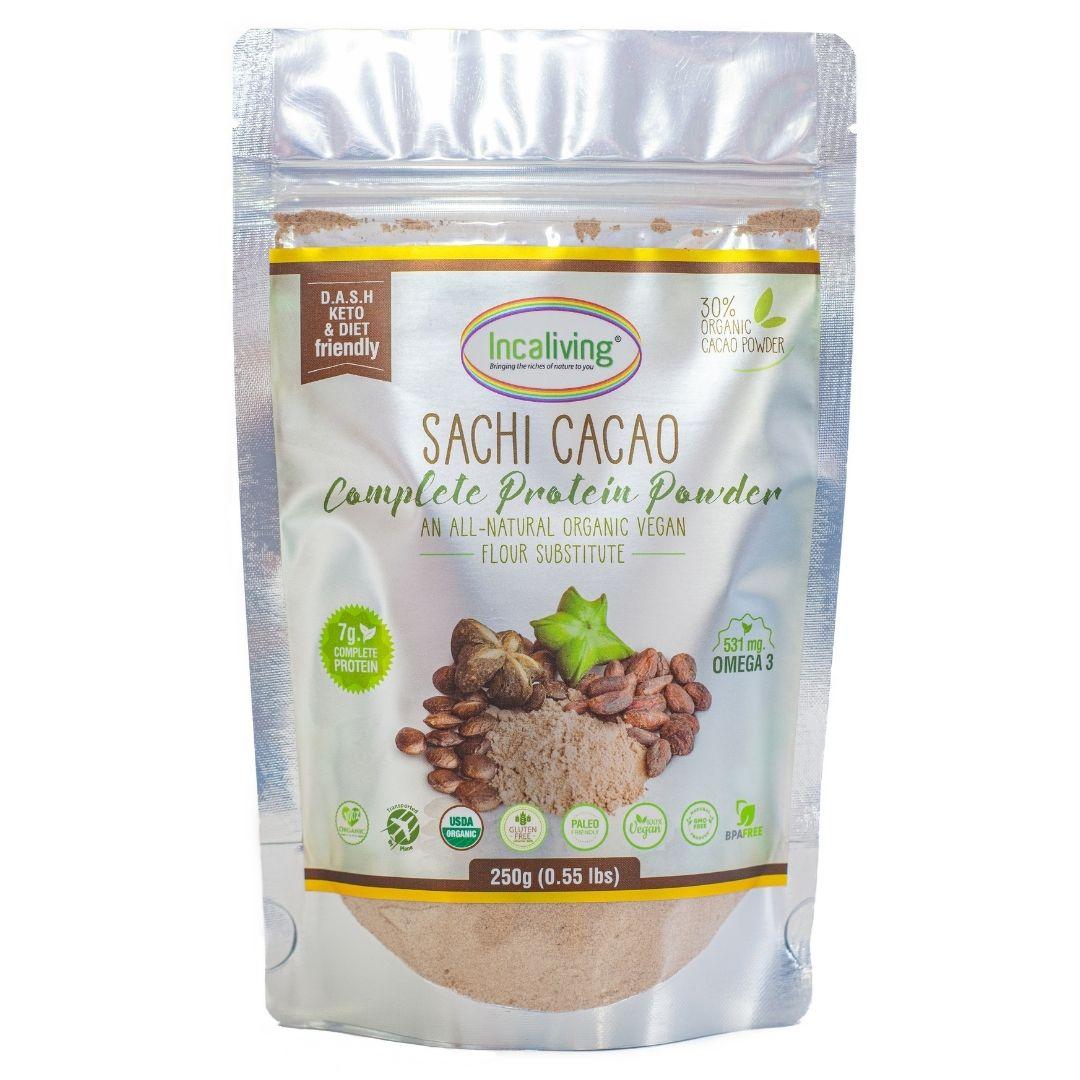
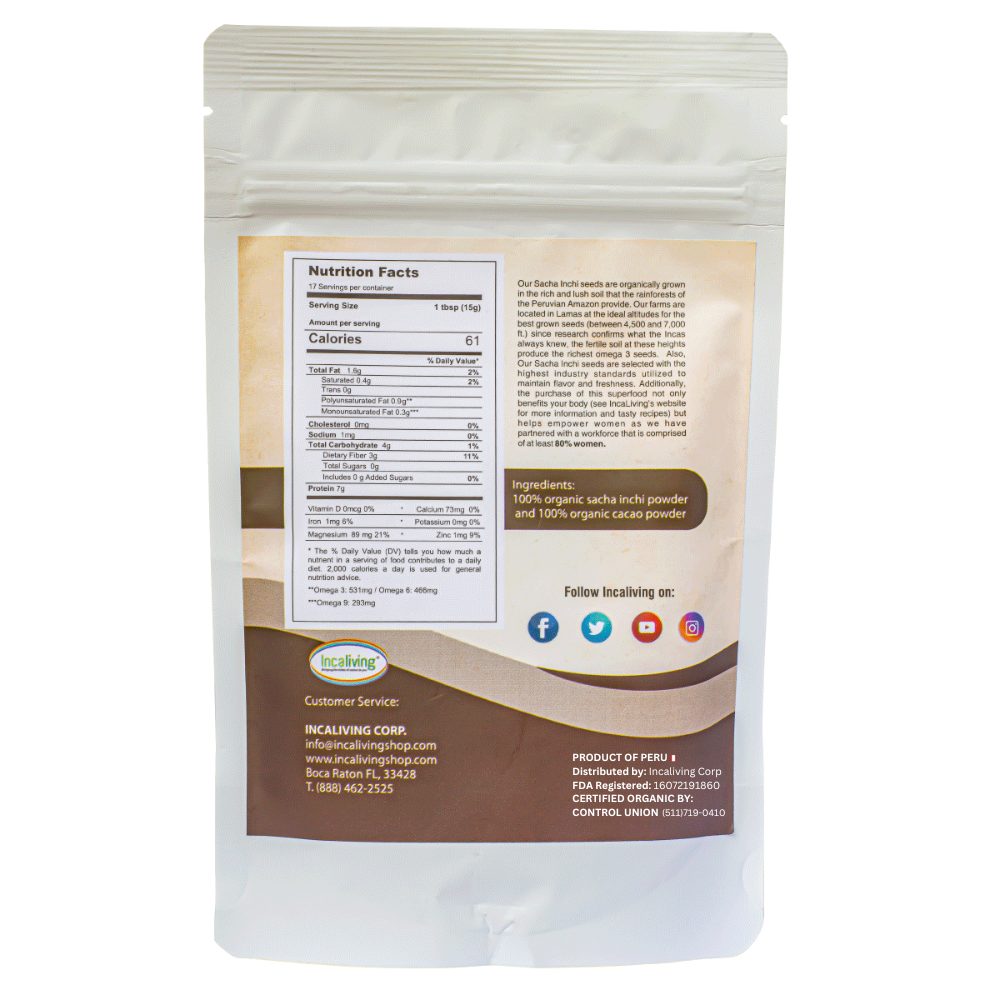
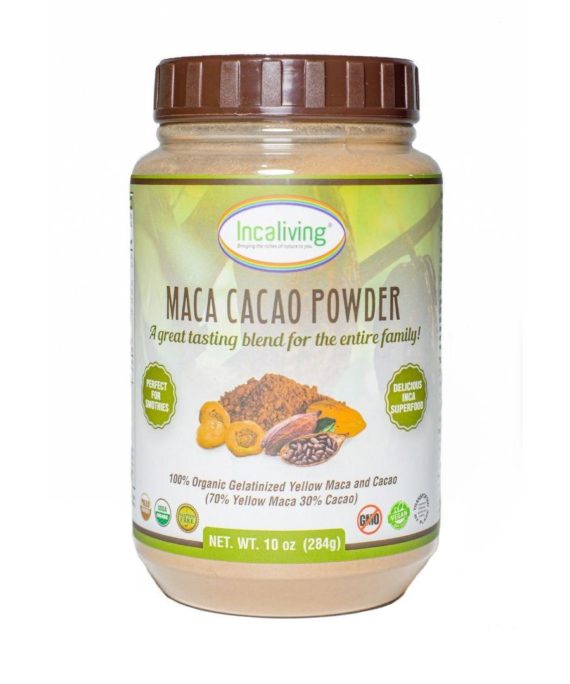
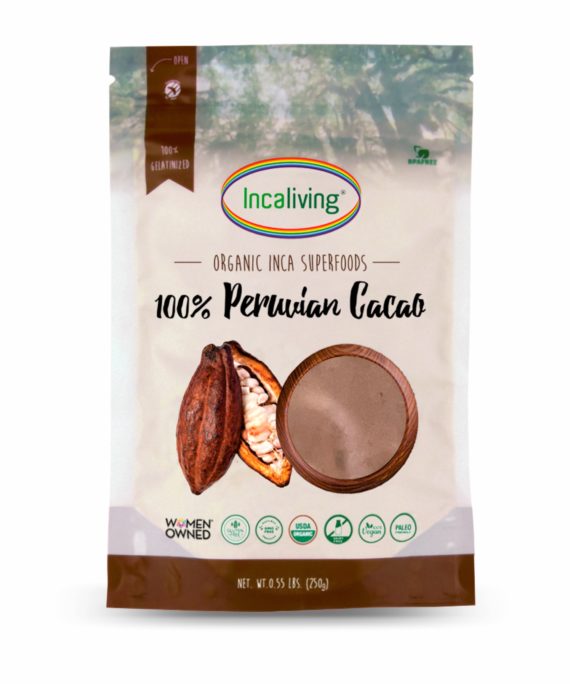
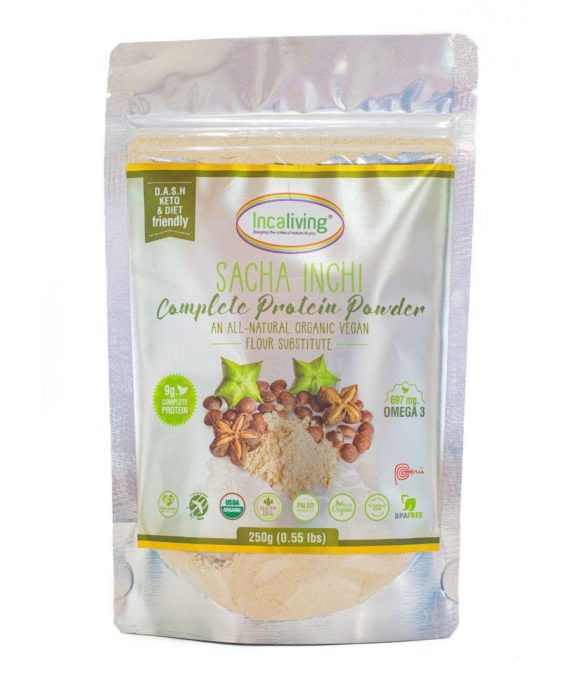
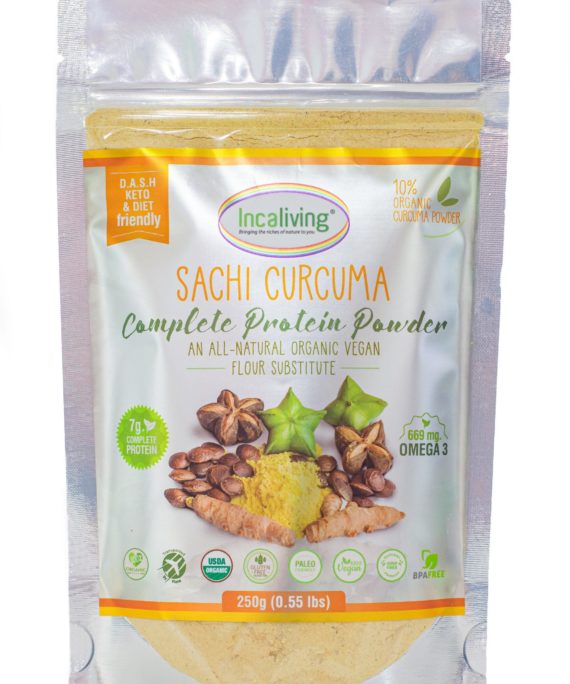
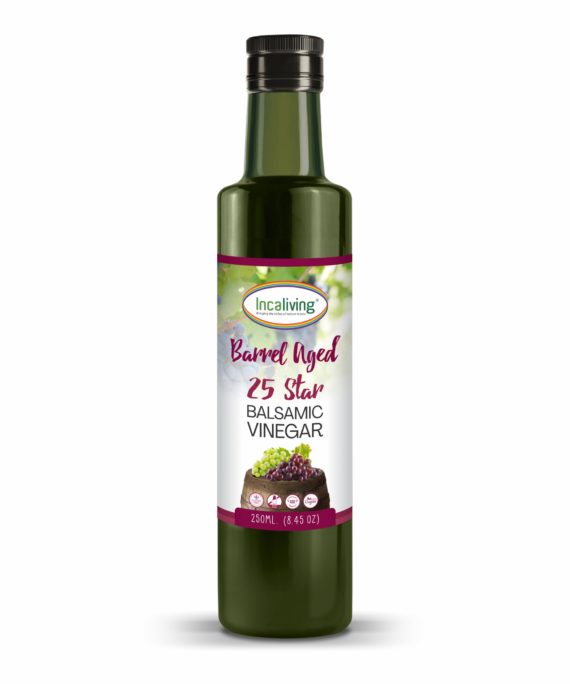
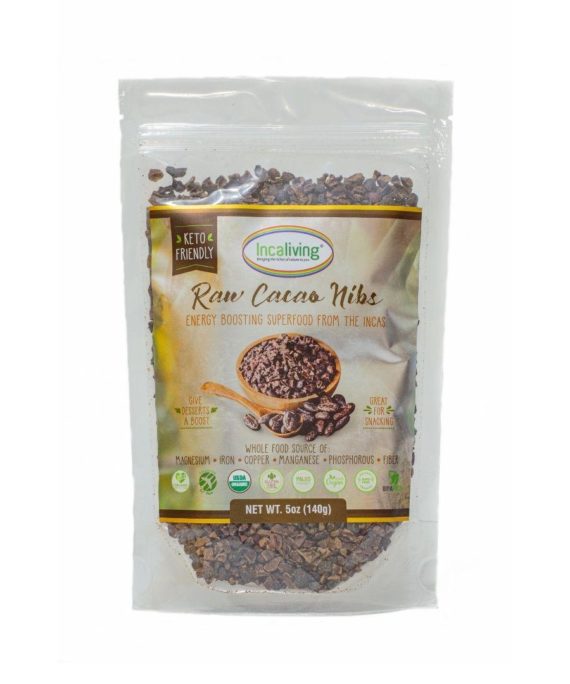

annie –
I was able to try a sample at Nutrition Smart and absolutely love them and for what they do for your body. I never knew that protein is one of the most important things to have for every cell in your body for healing,ect.
Amazon Customer –
I am a vegetarian so I have trouble getting enough protein. I discovered Sacha inichi butter, which is a complete protein. I wanted a power to make smoothies and this is perfect. They included in samples of other projects along with a nice note